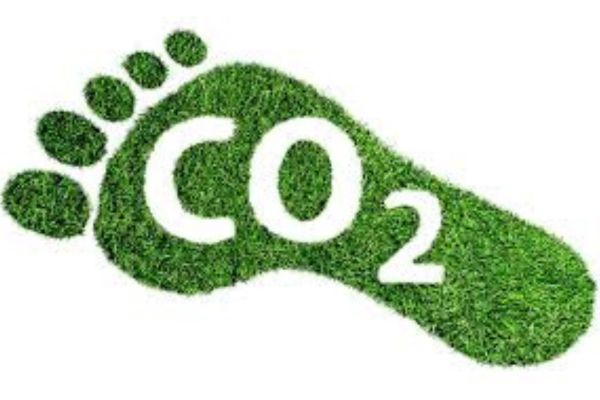India’s textile industry today aims to take advantage of the flux in global supply chains and hodge-podge of tariffs. It therefore becomes more imperative than ever to build a serious competitive advantage through a reduction in carbon footprints, whether in the handlooms or powerlooms sector. This is only possible through a variety of sustainability practices – to lock in what may otherwise be short-term gains. India’s textile industry, one of the largest in the world, has a significant environmental and social footprint. Not just environmental, but social and human capital related sustainability measures will be key to address the planet’s challenges, growing regulatory scrutiny, as well as ensure long-term competitive advantage.
The Indian textile industry has traditionally been slow to take advantage of India’s technological and data skills, unlike financial services or automotive. The time is ripe to reimagine a data-backed, technology-led reduction in carbon footprints. This will go beyond simply energy management and pollution control measures, or ad-hoc innovation in technical fibers. A holistic, sustainability-by-design program that looks at combining technology, data, product, process and people across various divisions will reduce the carbon footprint of the enterprise and its global supply chains to protect and extend margins.
Best practices for carbon reduction include using sustainable raw materials – not just organic cotton, but going beyond to alternate fibers like bamboo, hemp, and banana-fiber as well as simultaneously looking at recycled man-made fibers from consumer and post-industrial textile waste. Innovation in processes to reduce water and solvent usage, and effluent treatment will be key. Many firms if they don’t already have, should acquire certifications like GOTS (Global Organic Textile Standard), Fair Trade Certification for organic textiles, ISO 14001 Process (Environmental Management Systems), and BSCI (Business Social Compliance Initiative). These certifications while not necessarily low-carbon initiatives, help in setting a context for carbon measurement and analysis.
Similarly, managing chemicals in alignment with global standards (OEKO-TEX, ZDHC), using natural and low-impact dyes will be useful to lower carbon emissions.
Sourcing and recycling locally will provide a huge economic advantage to communities where textile plants are based, as well as cut down on the carbon footprints stemming from transportation and warehousing. Combining this with solar, biomass implementations, and regular energy audits will reduce reliance on fossil fuels and dramatically lower carbon footprints across enterprise facilities. Educating suppliers and incentivizing them to participate and actively collaborate in lowering carbon footprints (Scope 3 carbon emissions) across the supply chain is a critical success criterion for any decarbonization pathway to be successful.
In textiles, building circularity using blockchain, data automation, machine-learning, IoT (Internet of Things) to track textile, sourcing, recycling, upcycling is an important way to reduce indirect carbon emissions. This includes buy-back programs in partnerships with brands, NGOs, and direct customers for ensure end-of-life garments are collected and upcycled. This can be combined with designs that are inherently low-carbon at the outset they are even put into production. Investments in R&D through the Ministry of Textiles’ cluster-based programs can be hugely influential in lowering carbon fooptrints.
Tracking emissions from design to sourcing and production across global supply chains is key to transparency and to set a baseline for reduction, as well as reporting using global frameworks (e.g. ESRS, GRI). The tracking and analysis has to ensure data veracity using supporting documentation and an identification of hotspots where intervention is needed to reduce carbon footprints. The objective should also be process and product level footprinting to reduce carbon intensity in key areas.
Lastly, but most importantly, the leadership in textile enterprises should set in place intrinsic and extrinsic incentives in their organization to build a culture of carbon-consciousness. Human resources should ensure KPIs where every employee takes ownership of examining their activities through a carbon lens and suggests low-carbon alternatives. Setting strategic carbon reduction goals, collaborating with suppliers to achieve these, and implementing a continuous technology-based tracking mechanism is the only way to reach net-zero targets.

By Vivek Mehra, Co-founder, CTO & CSO at Onlygood.ai

















